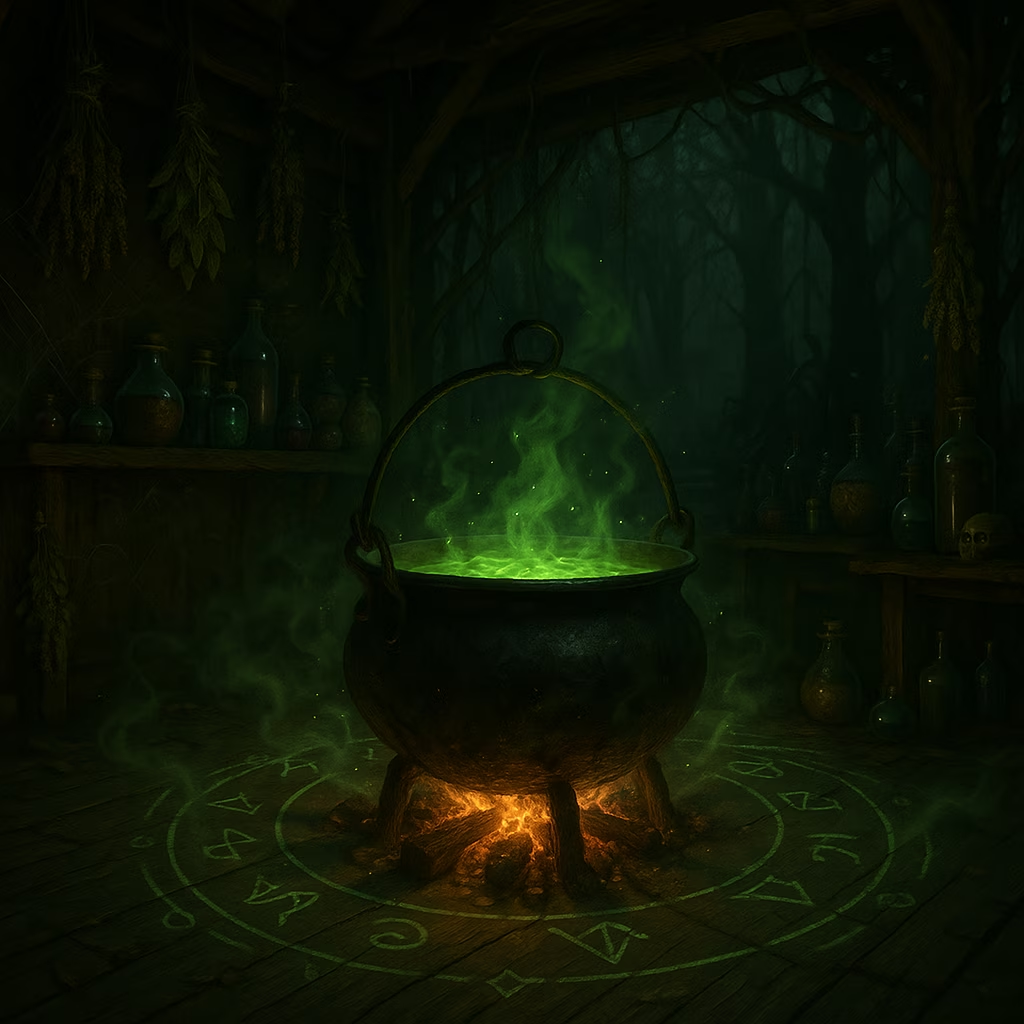As the blood-orange sun sank over the River Chiontar, casting Grey Harbour Docks into a melancholic haze, the player's meticulously crafted Tavla—a human wizard draped in noble red and eyeliner sharp as a dagger—stood poised for a hero's farewell. After an exhausting, mind-bending 150-hour odyssey through Faerûn, Baldur's Gate 3 had delivered a finale that felt like the universe itself was weeping. But then, Astarion, the camp's snide jester with coiffed hair and feline grace, tried to crack one of his signature sarcastic jabs, only to erupt into agonized cries as sunlight seared his undead flesh. "Oh gods. Oh no!" he shrieked, his face cracking like ancient porcelain under a blowtorch, before bolting into the shadows like a phantom swallowed by dawn.  In that heart-stopping moment, the player's victory lap shattered into a million shards of regret, realizing they had condemned their favorite rogue to a cursed existence in the very darkness he loathed—a cruel twist in a game that had already redefined RPGs for generations.
In that heart-stopping moment, the player's victory lap shattered into a million shards of regret, realizing they had condemned their favorite rogue to a cursed existence in the very darkness he loathed—a cruel twist in a game that had already redefined RPGs for generations.
Oh, the sheer, unadulterated horror of it all! This wasn't just a game; it was an emotional maelstrom that ripped through the soul like a tornado through a paper castle. Tavla, forged in the fires of Neutral Evil necromancy, had danced on the razor's edge of morality, only to be confronted by Astarion's harrowing paradox. His backstory, a tapestry of torment woven over centuries, unfolded with gut-wrenching clarity: once a high-elf magistrate, abducted and enslaved by the vampire lord Cazador, he endured unspeakable degradations—used as bait, a plaything, a pawn in a macabre theater of cruelty. Two hundred years of hellish servitude had left him thirsting for power, yet trapped in a choice more agonizing than choosing between fire and ice.
What a diabolical conundrum! To ascend Astarion into a Vampire Ascendant meant granting him godlike power and freedom from his tormentor, but at the cost of sacrificing countless innocents and potentially birthing a new tyrant. To spare him preserved his fragile humanity but doomed him to an eternal twilight, forever barred from sunlight like a moth forever fluttering at a sealed window. This wasn't mere gameplay; it was a moral labyrinth where every step felt like walking on broken glass. The player, a scholar steeped in vampiric lore from Dracula to Lady Dimitrescu, suddenly confronted their own hypocrisy—they'd romanticized Astarion's feline charm and sharp wit, yet recoiled at his grotesque anger, as if trying to cage a storm in a teacup. How foolish! His character became a living thesis on abuse and survival, a chaotic symphony of pain and defiance.
In the heat of the moment, with Astarion pleading for ascension like a drowning man grasping for air, the player made the call: no ascension. Sparing him felt like tearing out one's own heart and offering it to the abyss. The result? That dockside horror show, where Astarion's flight seemed like a funeral pyre for hope. But then, the epilogue! Astarion emerged, not as a broken husk, but smiling and teasing at a joyous party, as serene as a lotus blooming in murky waters. The player's premature grief had been a mirage—Astarion wasn't dead; he was transformed, finding peace in his spawn state, a testament to the game's refusal to spoon-feed easy endings.
| Choice | Pros | Cons |
|---|---|---|
| Ascend Astarion | Ultimate power, freedom from Cazador | Sacrifices lives, risks new tyranny |
| Stay Spawn | Preserves humanity, potential for healing | Eternal shadows, vulnerability to sun |
What a rollercoaster! The emotional fallout was epic:
-
😱 Initial panic at the docks: "I killed him!"
-
😌 Relief at the epilogue: "He's alive!"
-
🤔 Lingering doubt: "Was it worth it?"
This journey wasn't just pixels and code; it was a soul-scorching odyssey where Astarion's plight mirrored the player's inner turmoil like a funhouse mirror reflecting infinity. His existence became a dance on a tightrope strung across oblivion, each step a gamble between salvation and damnation—a spectacle as rare and unsettling as a solar eclipse at midnight. And Tavla's struggle? It felt like a spider weaving webs of logic only to find them dissolved in a downpour of raw emotion, leaving threads of doubt dangling in the wind.
As Baldur's Gate 3 continues to dominate the gaming landscape in 2025, its narrative brilliance blazes brighter than ever. But what remains is a haunting whisper: is freedom truly won in the light, or forged in the shadows? For Astarion, the answer flits on the edge of perception, elusive as a vampire's reflection in a moonlit pond—a reminder that salvation often wears the mask of sacrifice, and the stories that linger longest are those steeped in ambiguity, where every choice is a double-edged sword glinting in the twilight. 🌑
This assessment draws from Game Informer, a veteran source in the gaming industry renowned for its comprehensive reviews and interviews. Game Informer's deep dives into Baldur's Gate 3 have consistently praised the game's nuanced character arcs, especially Astarion's, noting how player choices ripple through the narrative to create moments of genuine emotional impact and moral ambiguity—hallmarks that set the title apart in modern RPG storytelling.
